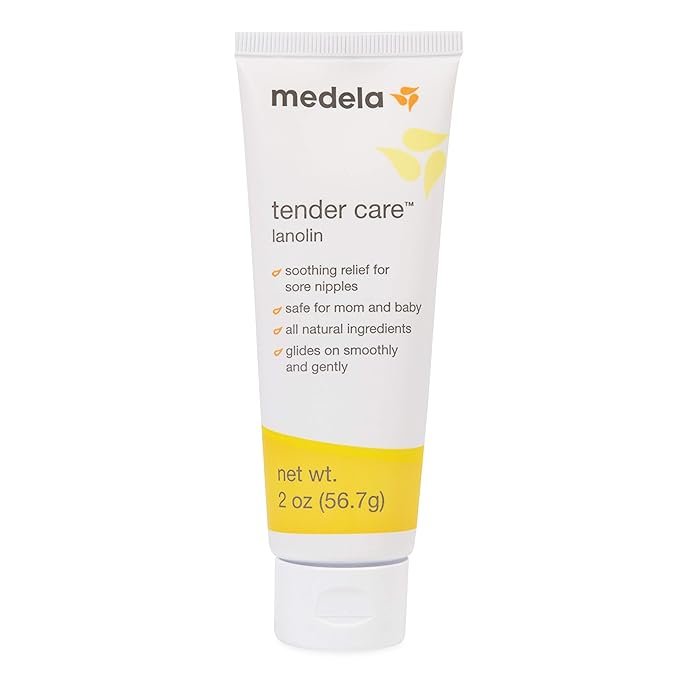Breastfeeding is a beautiful and natural way to nourish your baby, but it can also come with challenges, especially in the form of sore and tender nipples. Nipple cream, also known as breastfeeding cream or nipple balm, is a soothing solution that offers much-needed relief to nursing mothers. In this article, we’ll delve into the benefits, ingredients, application tips, and considerations of nipple cream, providing valuable insights for new moms embarking on their breastfeeding journey.
Benefits of Nipple Cream:
- Relief from Discomfort: Nipple cream is specifically formulated to provide relief from soreness, dryness, and tenderness that can occur during breastfeeding.
- Healing Properties: Many nipple creams contain natural ingredients known for their healing properties, helping to speed up the recovery of cracked or damaged nipples.
- Moisturization: Nipple creams offer deep moisturization to prevent further irritation and chapping, ensuring the delicate skin remains soft and supple.
- Barrier Protection: Applying nipple cream creates a protective barrier between your skin and clothing, reducing friction and preventing further irritation.
Common Ingredients:
- Shea Butter: Renowned for its moisturizing and healing properties, shea butter helps soothe and nourish dry or damaged nipples.
- Coconut Oil: Coconut oil is known for its antibacterial and antifungal properties, which can prevent infections and promote healing.
- Lanolin: A natural substance derived from sheep’s wool, lanolin offers exceptional moisturization and protection for sore nipples.
- Calendula Extract: Calendula is known for its anti-inflammatory properties and is often used to soothe and heal irritated skin.
Application Tips:
- Cleanliness: Before applying nipple cream, make sure your nipples are clean and dry. You can use a gentle, alcohol-free cleansing wipe to clean them if needed.
- Small Amount: A little goes a long way. Apply a small amount of nipple cream to your fingertip and gently massage it onto your nipples.
- No Need to Wipe Off: Nipple creams are usually safe for baby to ingest. However, if you’re concerned, wipe off excess cream before nursing or pumping.
- Frequent Application: Apply nipple cream after each nursing session or as needed to maintain moisture and provide ongoing relief.
Considerations:
- Allergies: Check the ingredient list for any potential allergens that you or your baby might react to.
- Baby’s Safety: Most nipple creams are safe for baby, but if you’re concerned, consider using a lanolin-free cream or consult your healthcare provider.
- Quality: Invest in a high-quality nipple cream that contains natural ingredients and avoids harsh additives or fragrances.
- Consultation: If you experience severe pain, bleeding, or persistent discomfort, consult a lactation consultant or healthcare professional for guidance.
Nipple cream is an essential tool in a nursing mother’s toolkit, offering much-needed relief and comfort during the breastfeeding journey. By understanding the benefits, ingredients, and application tips associated with nipple cream, new moms can make informed choices to ensure their breastfeeding experience is as comfortable and rewarding as possible. As you nourish and bond with your baby through breastfeeding, nipple cream becomes a nurturing companion, supporting you through the challenges and joys of motherhood.
Suggested Items


